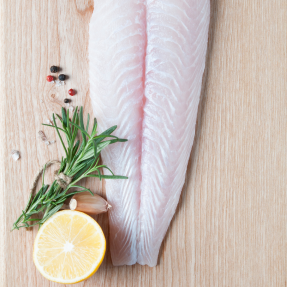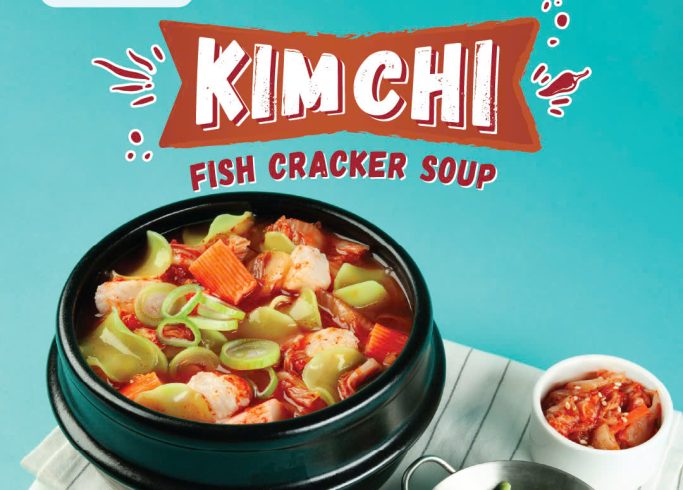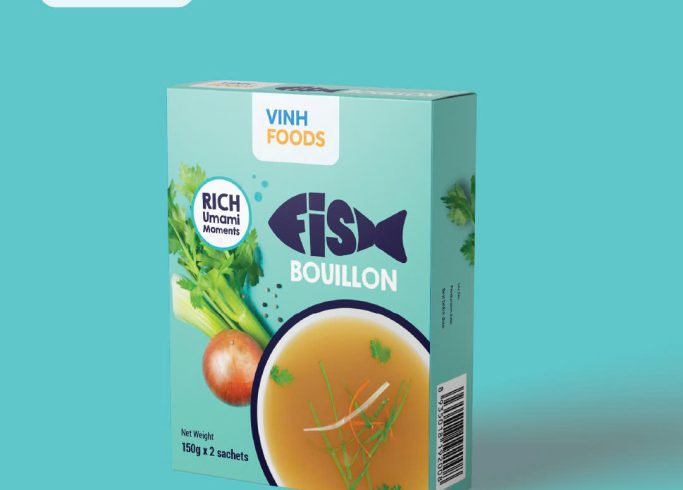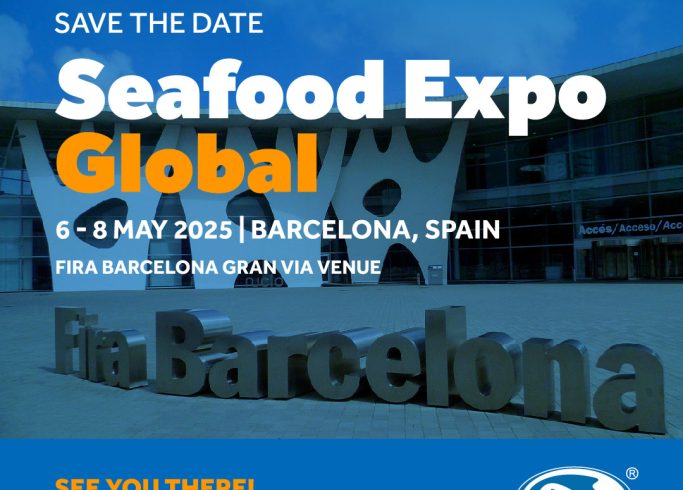History of Pangasius
27 March 2024
Established in 1997 in Dong Thap, Vinh Hoan has evolved into a global leader in pangasius farming and processing. As we venture into our next phase of growth, our commitment remains steadfast: to create sustainable value for our customers and communities. While pangasius may be unfamiliar to many, this cherished fish, also known as the “river catfish” or “tra fish,” has been a culinary staple in Southeast Asia for centuries. Its journey to becoming a global seafood commodity reflects a remarkable shift towards sustainable aquaculture practices, particularly in Vietnam’s Mekong Delta.
Pangasius farming expansion prompted the need for commercial reproduction instead of the traditional natural breeding process.In the 1990s, the CIRAD program facilitated educational exchanges, with Ph.D. Philippe Cacot created a breakthrough for pangasius industry as they pioneered in researching artificial reproduction. By 1994, the first successful artificial breeding of Basa fish occurred, leading to advancements in Pangasius reproduction. Innovations in nursery techniques mitigated cannibalism tendencies, revolutionizing Pangasius aquaculture. This collaborative effort across Vietnam, France, and other nations enabled large-scale commercial reproduction of Pangasius, ensuring its sustainability and stability.
The commercialization of pangasius owes much to pioneering individuals and companies like Mr. Muoi Hung, who first exported it to international markets in the late 1980s. Additionally, advancements in breeding techniques, spearheaded by dedicated experts, have played a crucial role in the development of sustainable farming practices. Our ongoing efforts to enhance sustainability and traceability in pangasius farming exemplify our commitment to responsible practices and social responsibility. Pangasius is celebrated worldwide for its versatility in various cuisines, showcasing the harmonious balance between economic progress and environmental stewardship. Vinh Hoan’s mission is to continue delivering this resilient, iconic fish globally, ensuring its true value is recognized and appreciated by all. Together, we strive towards a future where sustainable practices safeguard the well-being of future generations.















